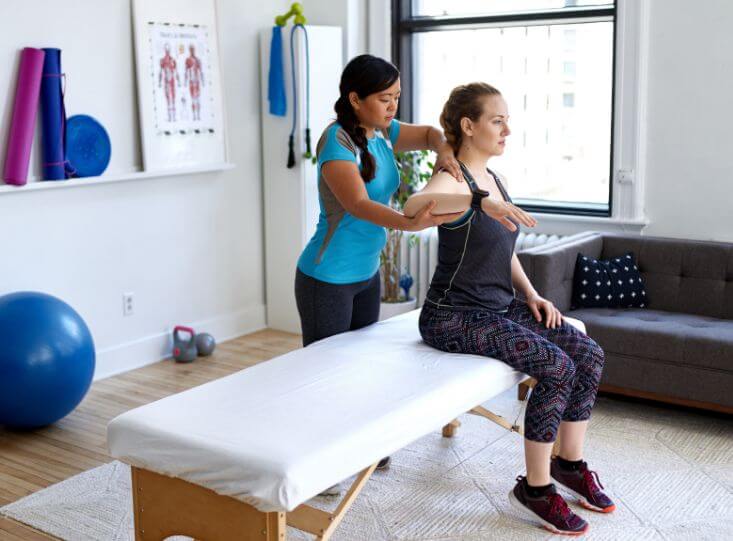
SporTherapy Physical Therapy Fort Worth, Dallas & Surrounding Cities Get back to doing the things you love.
Is pain holding you back from living your life? At SporTherapy, you can work with experts who know exactly what you’re going through and will help you get better and stay better.
Your road to healing starts now.
Schedule NowOne of Texas’ top rated physical therapy experts
Don’t let your body keep you from enjoying your life.
Pain or limitations can keep you from enjoying your life the way you want to. But it doesn’t have to be that way.
Nobody should have to experience mediocre care that often does more harm than good. We believe everybody deserves quality healthcare that allows you to live pain-free.
At SporTherapy, our compassionate, highly trained therapists are ready to identify the source of your pain and develop a personalized plan to start the healing process so you can return to the activities you love with confidence.
The SporTherapy Difference
Top Rated in the Fort Worth Area
Get high-quality care from top area specialists.
Specialty-Level Care
Target your discomfort at the source with a customized treatment plan.
More Board Certified Experts
Experience high-quality care from a team you can trust.
People in Texas Trust SporTherapy
Hear from some of our 315+ Reviews

Find a SporTherapy Near You
With 12 locations and counting, you’ll never have to travel too far to get the care you need.
